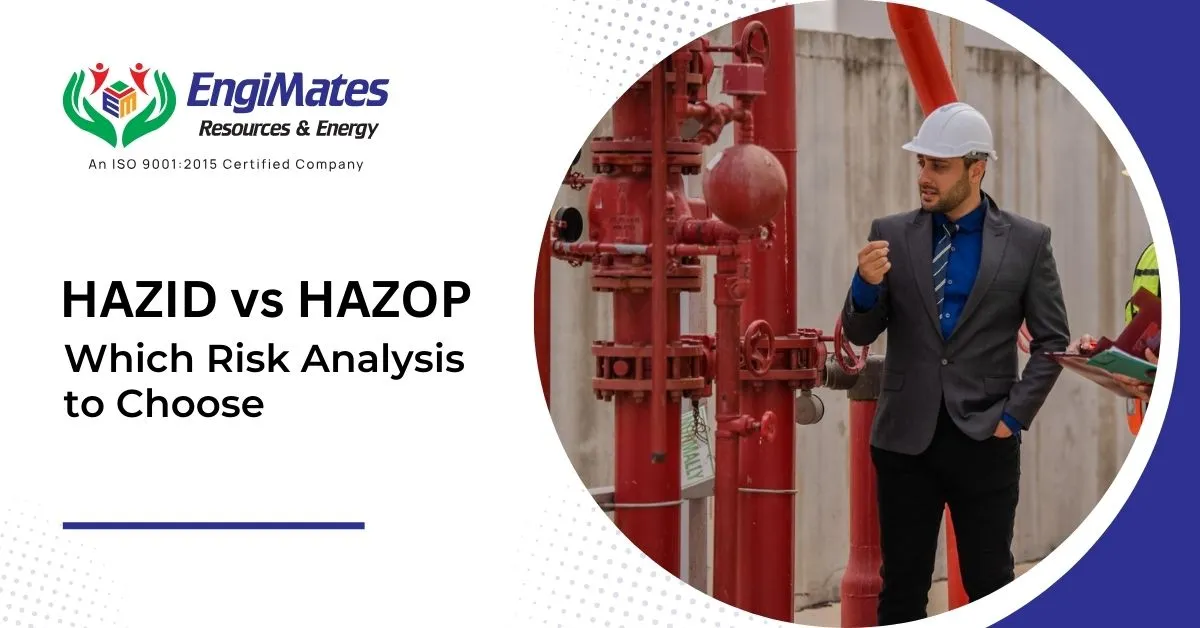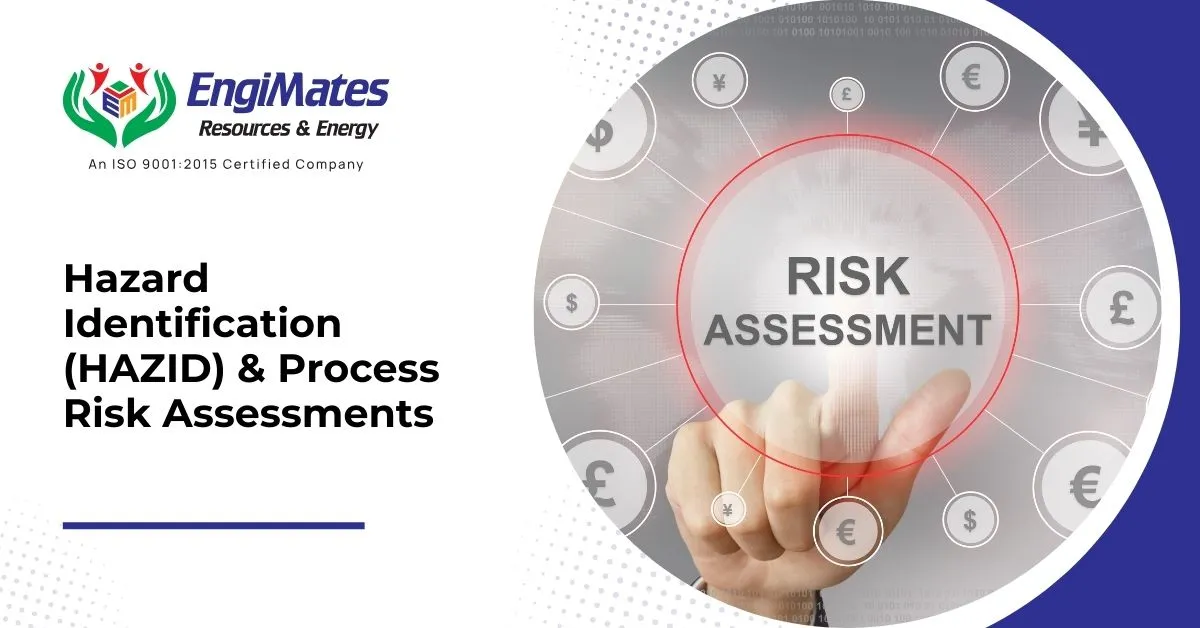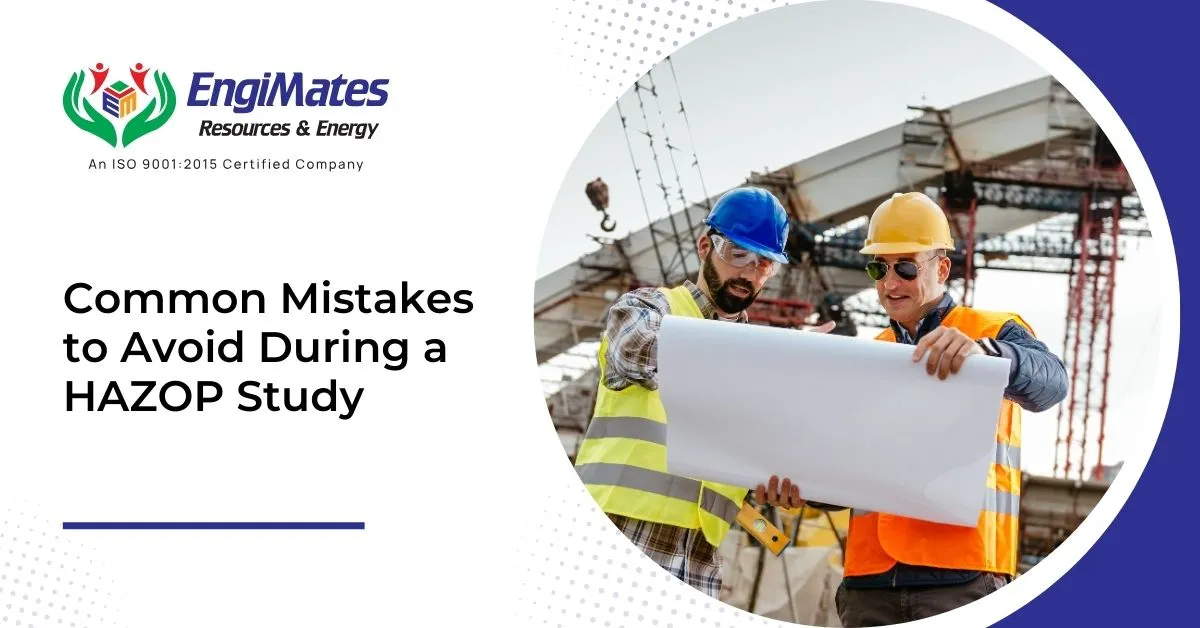In industries such as oil & gas, petrochemicals, and manufacturing, safety is paramount. Ensuring the…

Risk assessment is a cornerstone of safety in industries like oil and gas, pharmaceuticals, and manufacturing. Among the methods, Hazard and Operability (HAZOP) and Hazard Identification (HAZID) studies are widely used. Although their names and methodologies are similar, their applications differ significantly. This blog explores the differences between HAZOP and HAZID and highlights when each method is more effective.
What is HAZID?
Hazard Identification (HAZID) is a proactive approach used during the early stages of project design to identify hazards arising from:
- External environmental factors (e.g., floods, fires, lightning).
- Inherent properties of substances or equipment.
- Planned activities (e.g., loading, offloading, or processing operations).
HAZID studies typically use guidewords to systematically identify risks and are often conducted using layout drawings or 3D models of the facility.
Key Features of HAZID:
- Focuses on general hazards, including external risks.
- Conducted early in the project lifecycle.
- Helps improve layouts, safety strategies, and hazard management plans.
What is HAZOP?
The Hazard and Operability (HAZOP) study delves deeper into process-specific risks. It focuses on identifying hazards that arise due to deviations from the design’s intended operation. For example, HAZOP evaluates factors like pressure, temperature, and flow to ensure that operating conditions remain within safe limits.
Key Features of HAZOP:
- Examines detailed design elements like Piping and Instrumentation Diagrams (P&IDs).
- Focuses on internal process hazards.
- Aims to enhance system operability and add safeguards.
Similarities Between HAZID and HAZOP
Both HAZID and HAZOP share a structured methodology:
- System Breakdown: The facility or process is divided into smaller nodes.
- Guidewords Application: Standardized guidewords help identify potential causes and consequences of hazards.
- Safeguard Identification: Existing or proposed safeguards are reviewed to mitigate risks.
- Recommendations: Actions are suggested when safeguards are inadequate or non-compliant with standards.
Both studies are conducted in workshops with multidisciplinary teams, fostering collaboration and thorough analysis.
Differences Between HAZID and HAZOP
HAZID and HAZOP differ significantly in terms of their focus, stage in the project lifecycle, and level of detail. Understanding these differences helps determine which method is more effective in different project stages.
| Aspect | HAZID | HAZOP |
| Focus | General hazards (external, layout, inherent risks). | Process hazards (deviations from design intent). |
| Stage | Early project phase. | Mature design phase with P&IDs. |
| Nodes | Defined as areas (e.g., module or deck). | Defined as process sections (e.g., pump to separator). |
| Guidewords | General terms like “fire,” “explosion,” etc. | Process-specific terms like “high pressure,” “no flow.” |
| Output Use | Layout improvement, safety strategies, and hazard registers. | Process optimization, safety system design, and LOPA. |
When is HAZID More Useful?
HAZID is most effective during the early stages of a project, helping identify potential hazards early on. It’s particularly valuable in identifying external risks and inherent hazards in the design.
- Early Stages of Projects: Identifies inherent risks and external hazards during initial design phases.
- Environmental and Layout Risks: Focuses on factors like natural disasters or location-specific hazards.
- General Safety Planning: Provides input for safety strategies and barrier management.
When is HAZOP More Useful?
HAZOP is more useful in the later stages of a project when detailed process analysis is required. It’s designed to ensure that the system design meets safety standards and can operate efficiently within safe limits.
- Mature Project Designs: Analyses process-specific risks using detailed P&IDs.
- Process Optimization: Identifies deviations from intended operations to enhance safety and operability.
- Instrumented Safety Systems: Serves as a foundation for further safety analysis like LOPA.
Frequently Asked Questions
What is the difference between HAZID and HAZOP study?
HAZID is used to identify general hazards during early design stages, focusing on external risks and environmental factors, while HAZOP is a more detailed study for assessing process-specific risks and deviations in later project stages.
When to use HAZID?
HAZID is typically used in the early stages of a project to identify potential hazards related to the external environment, layout, and inherent properties of substances or equipment.
What is HAZOP and HAZID analysis?
HAZOP (Hazard and Operability Study) is a detailed analysis of process-specific risks, while HAZID (Hazard Identification) focuses on identifying all types of potential hazards, including environmental and operational, early in the design process.
Is Hazard Analysis the same as risk analysis?
No, hazard analysis identifies potential hazards, while risk analysis assesses the likelihood and severity of those hazards occurring, including their impact on safety and operations.
Conclusion
While HAZID and HAZOP share common methodologies, their applications differ based on the project phase and focus area. HAZID is ideal for identifying general hazards early on, while HAZOP is better suited for detailed process analysis. By leveraging both studies appropriately, organizations can build safer, more efficient systems.




